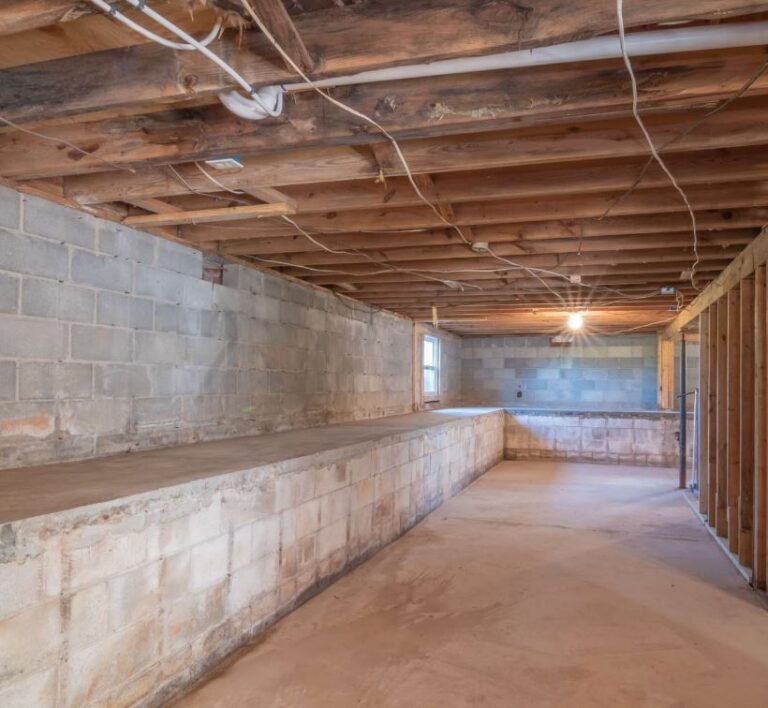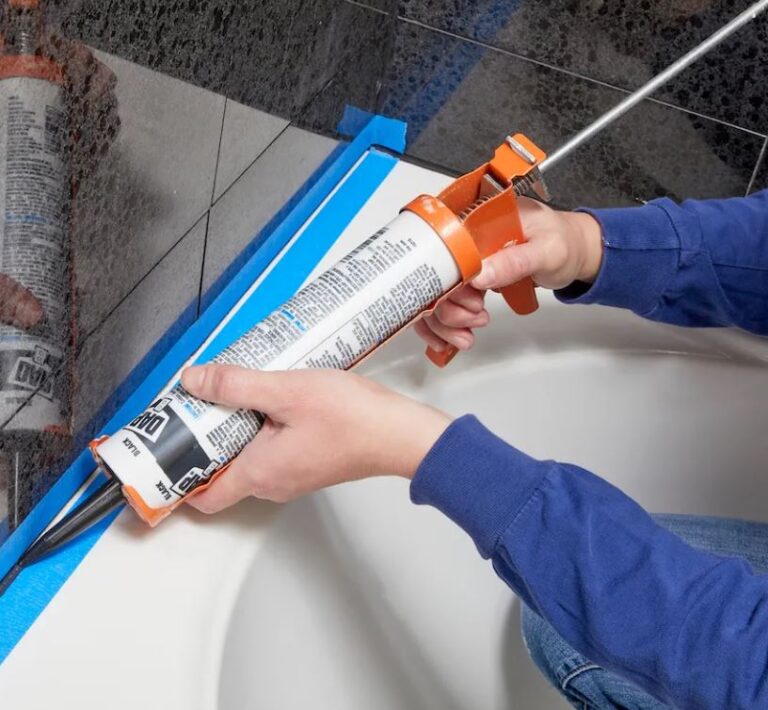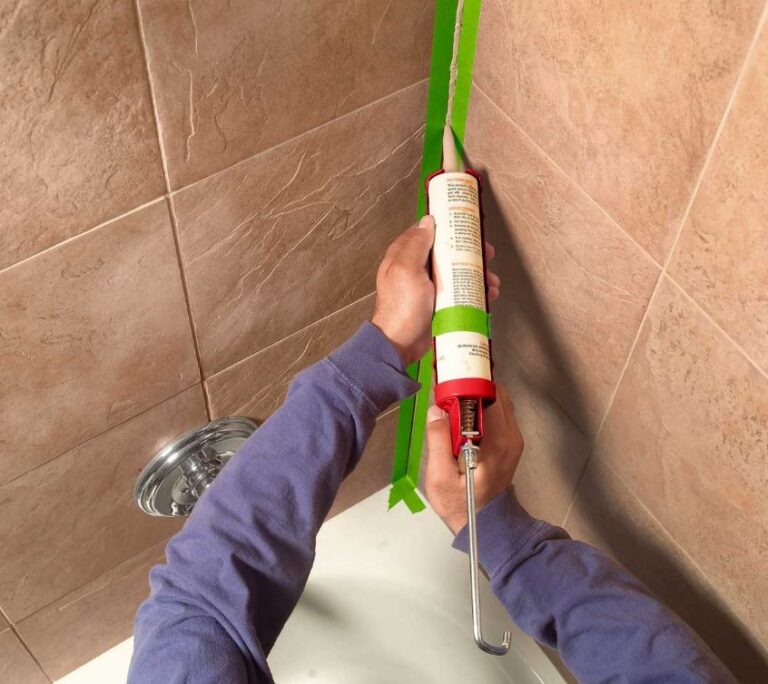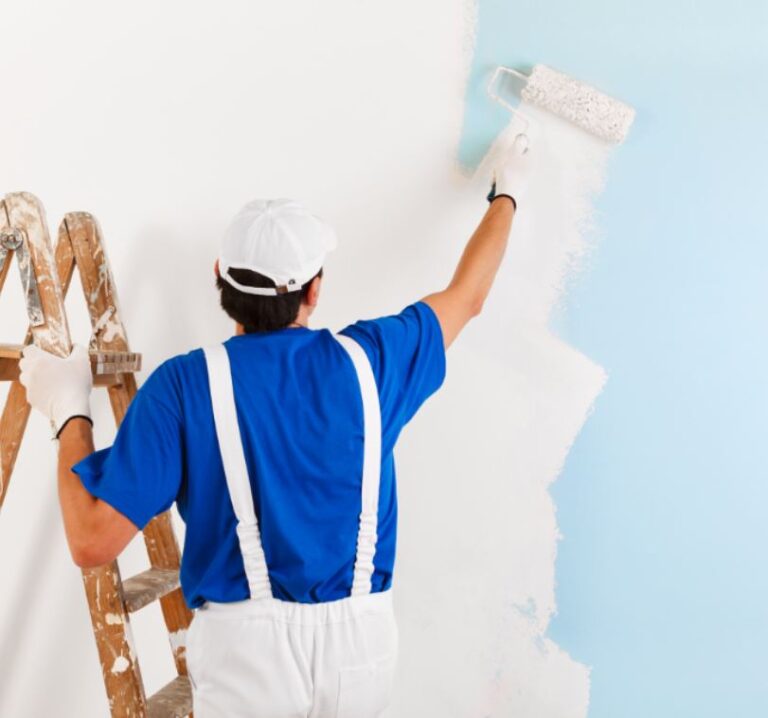Understanding Soil Types and Their Impact on Basement Underpinning
When it comes to home construction and maintenance, few elements are as critical—yet often overlooked—as the soil beneath your feet. The type of soil your home is built on can have a profound impact on its structural integrity, especially when it comes to your basement. If you’re considering basement underpinning, understanding soil types is not just a technical detail—it’s a necessity. This blog will explore the different soil types, how they affect your home’s foundation, and why soil analysis is crucial for successful basement underpinning.
What is Basement Underpinning?
Before diving into soil types, let’s clarify what basement underpinning entails. Underpinning is a process used to strengthen and stabilize a building’s foundation. It’s often done to address issues like settling, cracking, or to create additional living space by lowering the basement floor. The process involves excavating sections of the existing foundation and extending it to a deeper, more stable level.
While underpinning can solve many structural problems, its success heavily depends on the soil conditions beneath your home. Different soil types behave differently under pressure, moisture, and other environmental factors. Ignoring soil characteristics can lead to costly mistakes, so let’s break down the most common soil types and their implications.
Common Soil Types and Their Characteristics
- Clay Soil
Clay is one of the most challenging soil types for foundations. It’s highly expansive, meaning it swells when wet and shrinks when dry. This constant expansion and contraction can exert significant pressure on your foundation, leading to cracks and instability.- Impact on Underpinning: If your home is built on clay soil, underpinning must account for its expansive nature. Proper drainage systems and deeper foundation supports are often required to mitigate the risks.
- Sandy Soil
Sandy soil is granular and drains water quickly, making it less prone to expansion and contraction. However, its loose structure can lead to shifting and settling over time.- Impact on Underpinning: While sandy soil is generally easier to work with, it may require additional compaction or stabilization techniques during underpinning to prevent future settling.
- Silt Soil
Silt is finer than sand but coarser than clay. It retains water well, which can make it unstable under heavy loads. When wet, silt can become almost fluid, posing a risk to foundations.- Impact on Underpinning: Underpinning in silt soil often involves improving drainage and using specialized techniques to ensure the foundation remains stable.
- Loam Soil
Loam is a balanced mixture of sand, silt, and clay. It’s considered ideal for construction because it retains enough moisture to remain stable but drains well enough to prevent waterlogging.- Impact on Underpinning: Homes built on loam soil typically have fewer foundation issues, making underpinning more straightforward. However, proper soil testing is still essential to confirm its composition.
- Rocky Soil
Rocky soil, as the name suggests, contains large amounts of rock or gravel. It’s highly stable and provides excellent support for foundations.- Impact on Underpinning: While rocky soil is ideal for stability, it can be challenging to excavate during underpinning. Specialized equipment may be required to extend the foundation.
Why Soil Testing is Crucial for Underpinning
Soil testing is a non-negotiable step before undertaking any underpinning project. A geotechnical engineer will analyze the soil to determine its type, composition, and behavior under different conditions. This information is critical for designing an underpinning plan that addresses potential risks and ensures long-term stability.
For example, if the soil test reveals a high clay content, the engineer might recommend installing a drainage system to manage moisture levels. If the soil is sandy, they might suggest compaction techniques to prevent settling. Skipping this step could result in inadequate underpinning, leading to further structural issues down the line.
How Soil Conditions Affect Underpinning Techniques
The type of soil beneath your home will influence the underpinning method used. Here are a few common techniques and how they relate to soil conditions:
- Mass Concrete Underpinning
This traditional method involves excavating sections of soil and pouring concrete to create a new, deeper foundation. It’s well-suited for stable soils like loam or rocky soil but may require additional measures for expansive soils like clay. - Beam and Base Underpinning
This technique uses a reinforced concrete beam to transfer the building’s load to a new, deeper base. It’s effective for soils that are prone to shifting, such as silt or sandy soil. - Mini-Piled Underpinning
Mini-piling involves driving small piles deep into the ground to reach more stable soil layers. This method is ideal for homes built on unstable or waterlogged soils, such as clay or silt. - Resin Injection Underpinning
This modern technique involves injecting resin into the soil to stabilize it. It’s particularly useful for sandy or loose soils that need additional compaction.
The Role of Drainage in Soil Stability
Regardless of soil type, proper drainage is a key factor in maintaining foundation stability. Poor drainage can exacerbate soil-related issues, such as the expansion of clay or the erosion of sandy soil. During underpinning, it’s essential to address drainage by installing systems like French drains or sump pumps to manage water flow and prevent future problems.
Conclusion: Don’t Underestimate the Importance of Soil
Understanding soil types and their impact on basement underpinning is more than just a technical exercise—it’s a vital step in protecting your home’s structural integrity. Whether you’re dealing with expansive clay, shifting sand, or unstable silt, the right underpinning approach can make all the difference.
If you’re considering basement underpinning, start with a thorough soil analysis. Consult with a geotechnical engineer and a reputable underpinning contractor to develop a plan tailored to your soil conditions. By taking the time to understand the ground beneath your home, you’ll ensure a stable foundation for years to come.
Remember, your home is only as strong as the soil it’s built on. Don’t let the ground beneath you become an afterthought—give it the attention it deserves.







